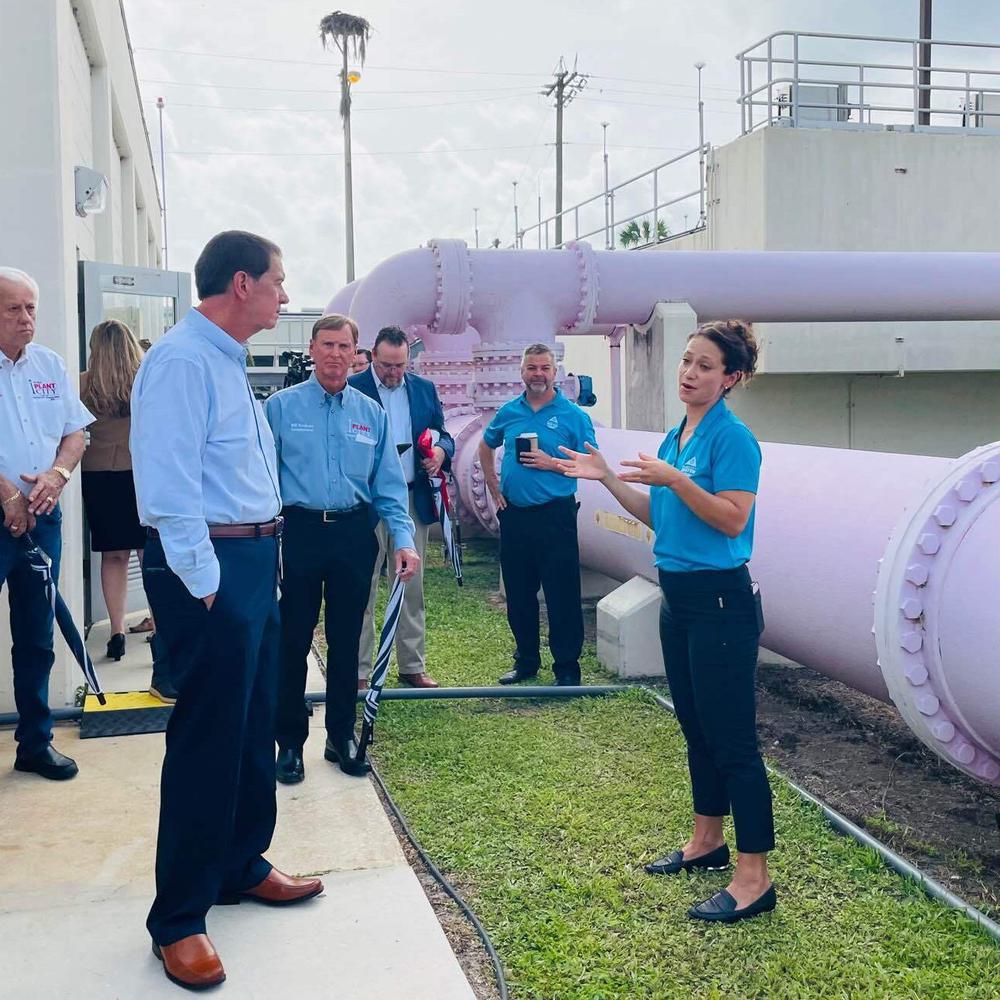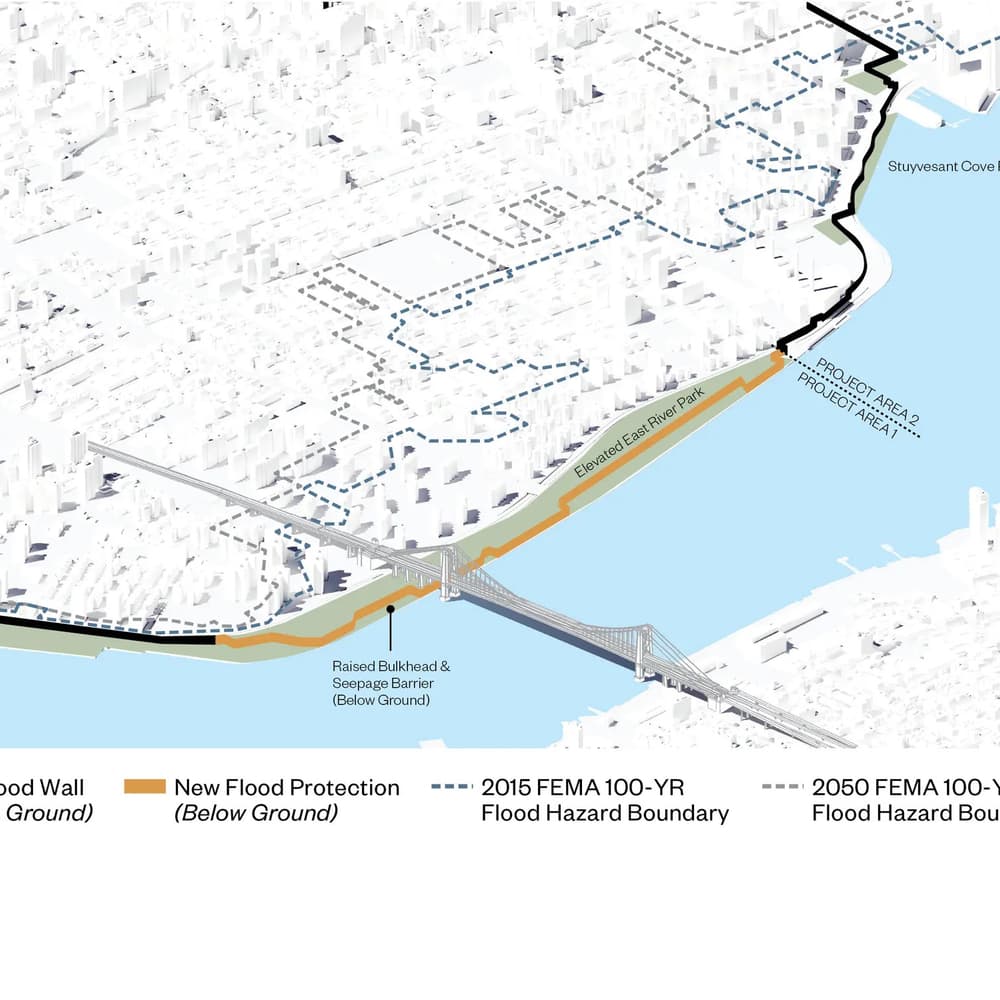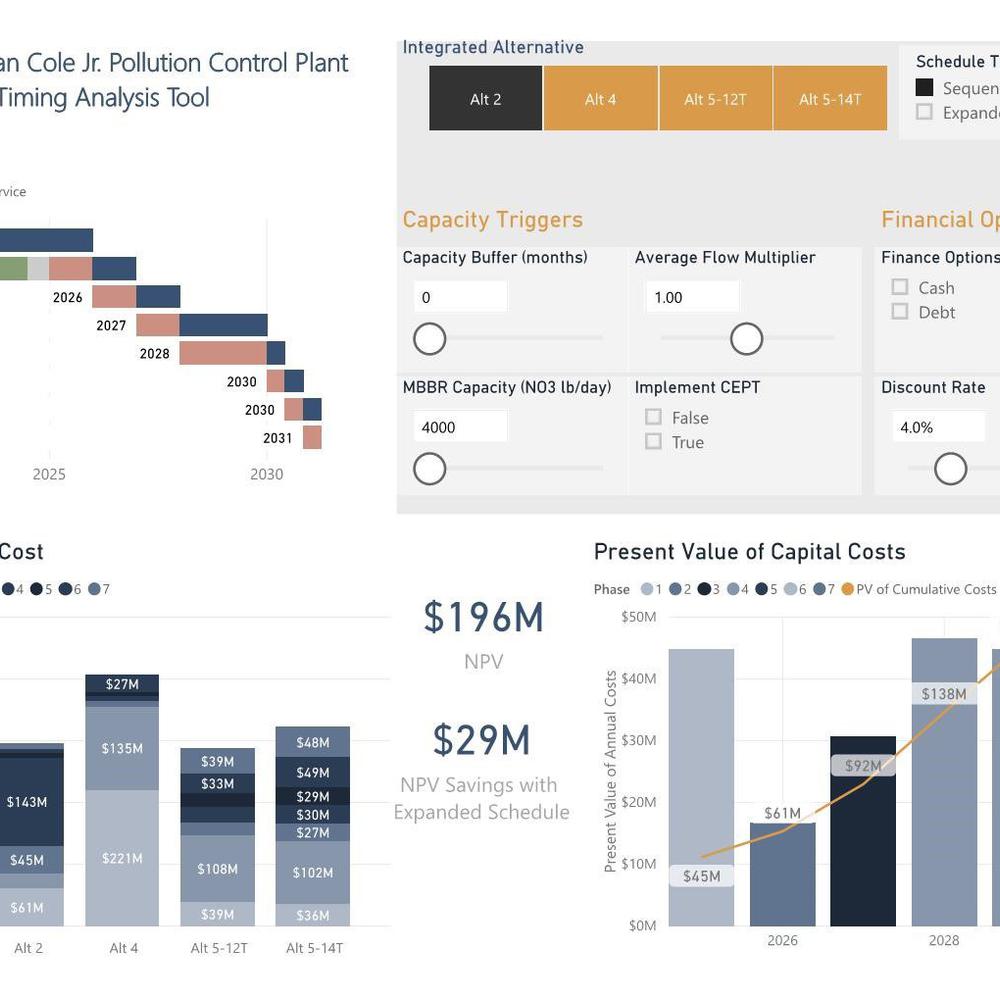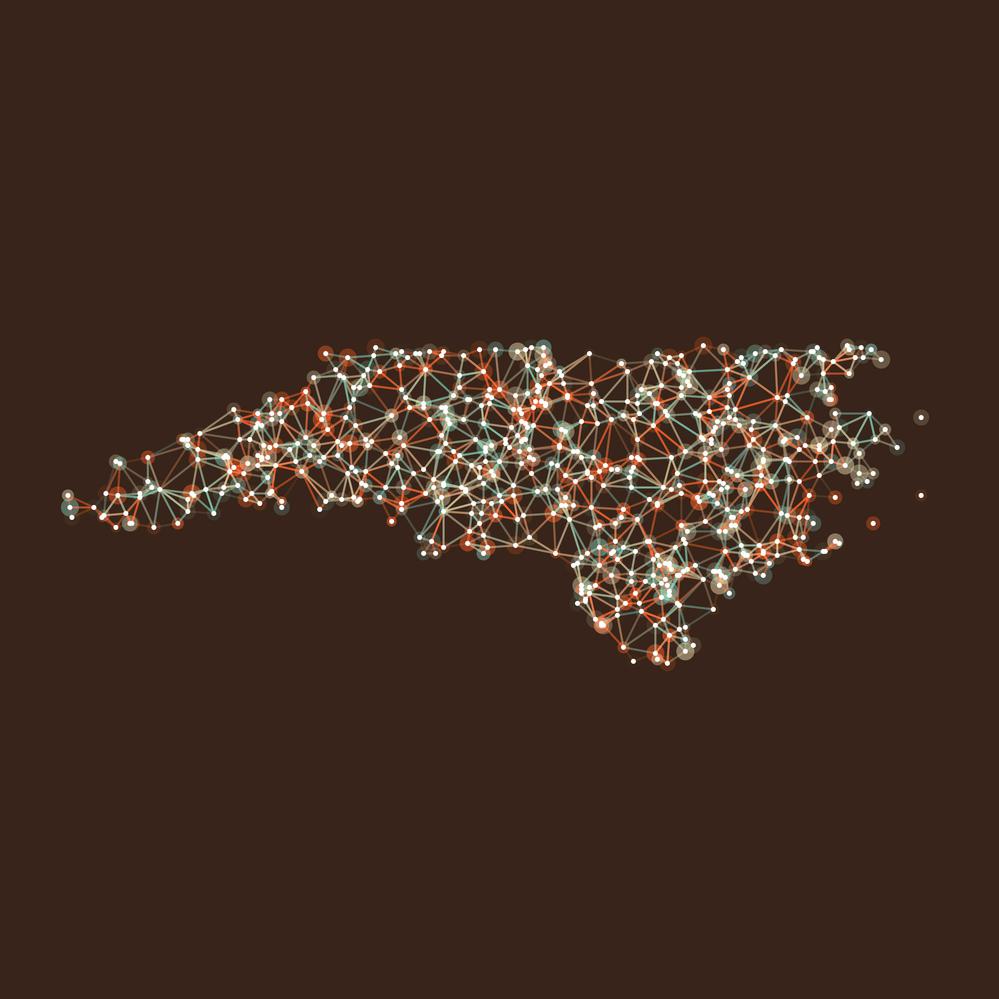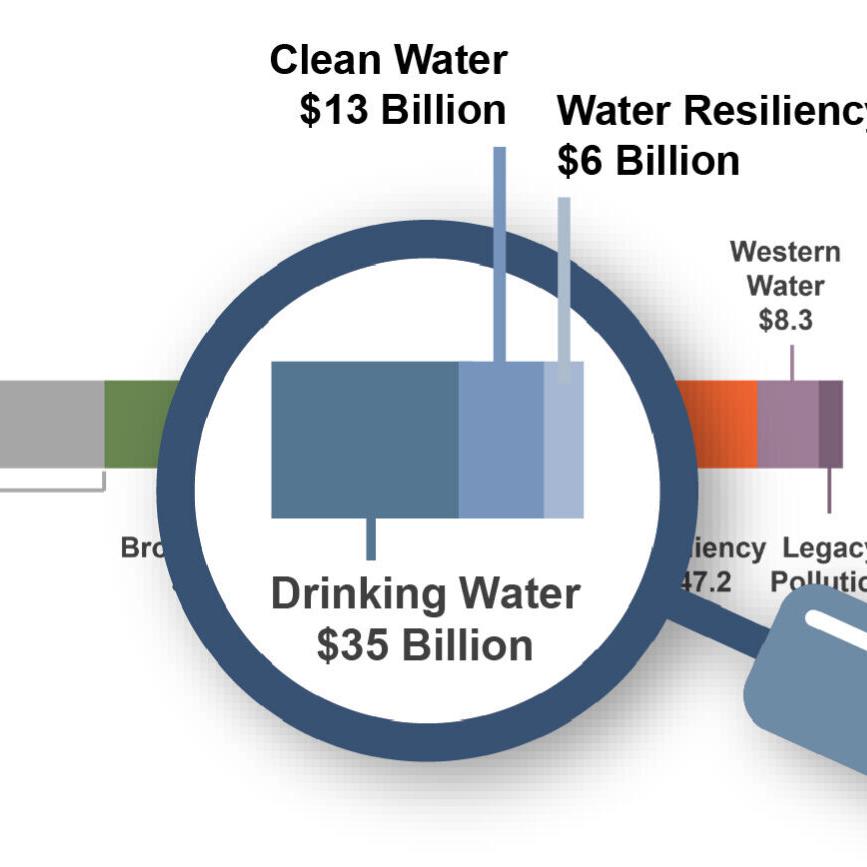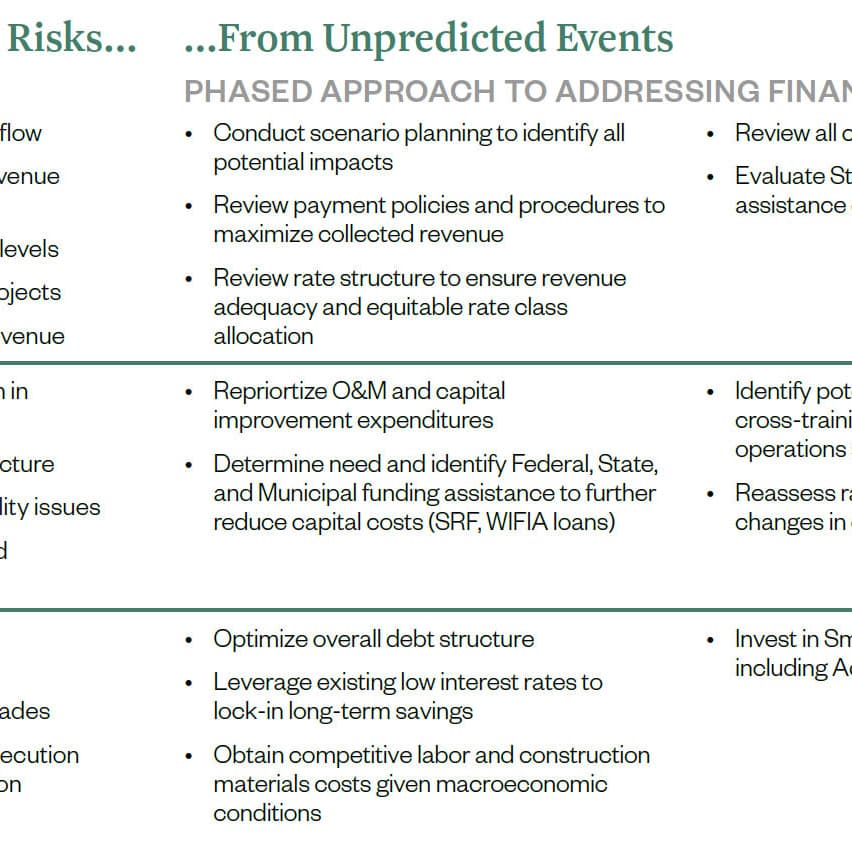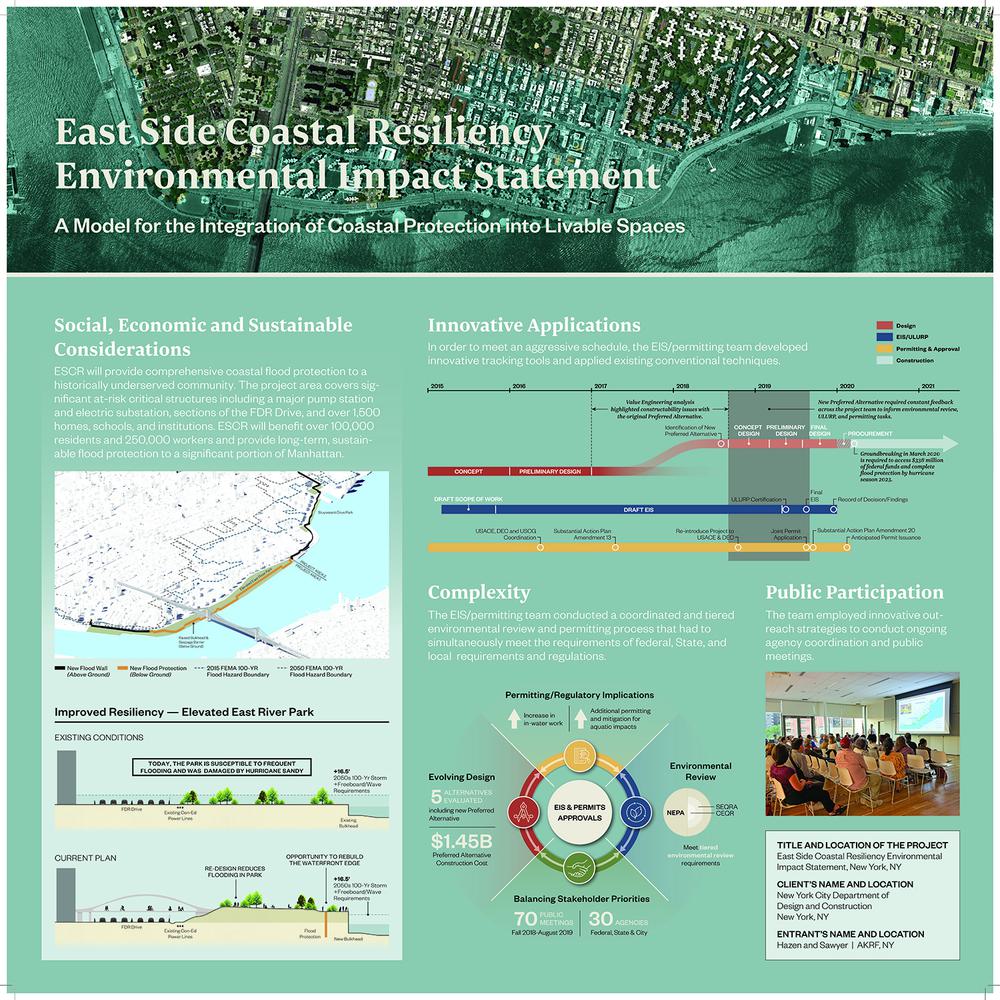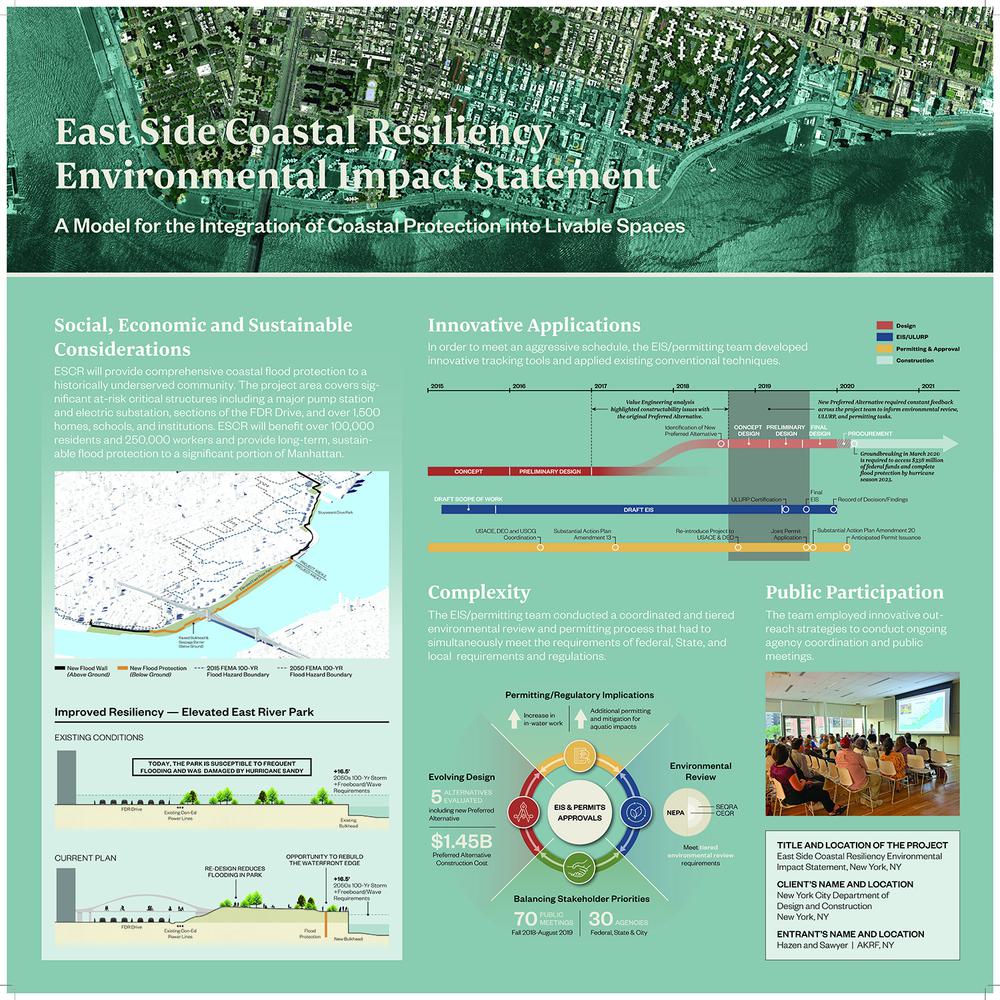Socioeconomic Study of Florida Reefs

The 5,100 reef users surveyed were resident and visitor boaters who are recreational fishers, reef divers, reef snorkelers and/or visitors viewing the reefs on glass-bottom boats. An intercept survey of 3,900 general visitors was also conducted. Overall reef users spent 28 million visitor days on artificial and natural reefs in the four counties during the twelve-month study period.

Grace Johns is responsible for economic and financial studies for Hazen, including the monetization of benefits that reflect stakeholder willingness-to-pay for water and wastewater services.
Related Topics:
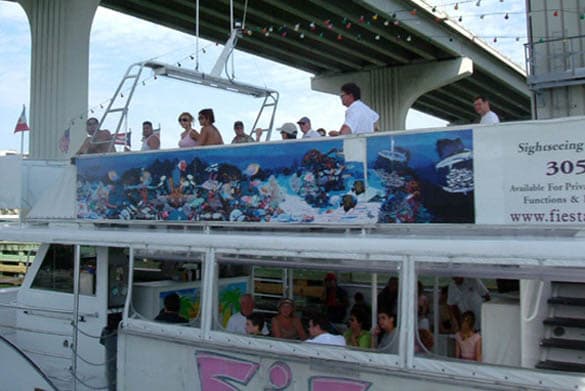
As residents and visitors spend money in the county to participate in reef-related recreation, income and jobs are created within the county as a result. The project team estimated the total economic contribution from artificial and natural reefs. For instance, reef-related expenditures generated between $138 million and $1.0 billion in income per county. In addition, reef activities supported between 6,300 and 36,000 full and part time jobs per county in Southeast Florida. Separate values were also estimated for artificial versus natural reefs.
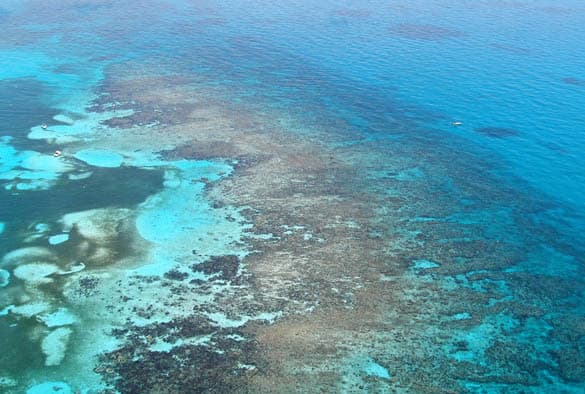
The value placed on the reef systems by residents and visitors was estimated from a contingent valuation survey. Use value is the maximum amount of money that reef users are willing to pay to maintain the reefs in their existing condition by maintaining water quality, limiting damage to reefs from anchoring, and preventing overuse of the reefs. Overall, visitors and residents would be willing to pay $255 million annually to protect artificial and natural reefs in their existing condition. Separate values were also estimated for artificial versus natural reefs.
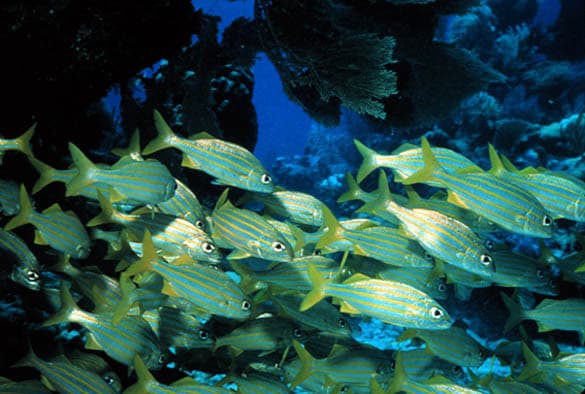
The five counties and NOAA use the results of this study for planning and justifying reef-related projects, in performing damage assessments and in public relations.
Project Outcomes and Benefits
- The Hazen and Sawyer project team estimated the total economic contribution from artificial and natural reefs, finding reef-related expenditures generated between $138 million and $1.0 billion in income, and between 6,300 and 36,000 full- and part-time jobs, per county.
- The value placed on the reef systems by residents and visitors was estimated from a contingent valuation survey, finding visitors and residents would be willing to pay $255 million annually to protect artificial and natural reefs in their existing condition.


